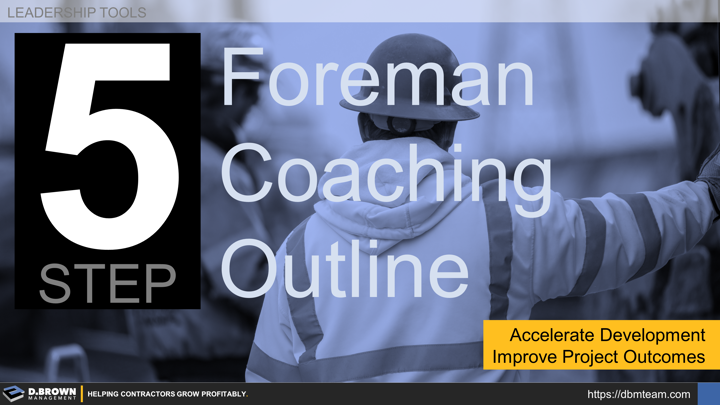This is just meant to be an outline. There are lots of nuances that come into play when it comes to implementation, especially at scale. Please contact us to talk through how to apply this outline specifically to your team.
The basics are wrapping everything around the SIP (Short-Interval-Plan). This is a central tool that you can get the whole project team to focus on in a way that integrates them. There will be hundreds of “Coaching Moments” presented to you while just reviewing the basics together. Below are some short notes about each of the five steps.
Review Next Week's SIP: After the Foreman makes the first pass at it. This is a hands-on review and coaching session that only ends when they are at a consistent and comfortable competency level using the tool to manage their projects.
- Effective Tasking: Does each task they laid out on the plan meet all four elements of an effective task?
- Optimum Sequencing: Given the combination of available manpower, project schedule, and other conditions such as weather, are the tasks laid out in the optimum sequence?
- Setup for Success: For each task, do we have all six pillars of productivity in place? If not, specifically what needs to be done, by when, and by who to ensure the tasks are ready to go before sending crews to work on them?
- Plan B and C: For each task, have they thought through what is most likely to not go according to plan and what to do if it does? This could include “good” plan deviations like finishing early. Plan B and C should include how to mitigate in the most productive way possible as well as who else needs to know (escalations and coordination) and tracking of the impacted costs if applicable. See ABC Daily Planning.
- Review Last Week’s SIP Compared to Performance: The second great opportunity for coaching moments to present themselves. Review all tasks together, discussing whether they were done as planned or not. “Not” can include many reasons, such as finishing ahead of plan or changes to the project being made. This has nothing to do with judgment and more about learning. This is where you can teach and reinforce the details like punch-as-you-go, what should be escalated, setting stretch goals knowing that you will fall short at times, and how to best navigate the dozens of reasons a task doesn’t go as planned. This review will likely end with action items for multiple people, some being immediate countermeasures to keep the project moving forward and others being deeper system-level improvements. See Percent Planned Complete (PPC) Calc Example.
When having these review and coaching sessions, this is where you walk the job together, review as-builts, etc. The SIP is just the core thing you are using as a focusing mechanism. The hard part for all the “Type-A” high performers is usually the acceptance that 70-90% is the “Sweet Spot” and that a GREAT Foreman on a tough project will have a seemingly low score while a new Foreman on a more basic project can have a great score. The score is not a judgment of the Foreman but rather a judgment of the project and a common place for the Superintendent, Foreman, PM, and Senior PM to really collaborate.
These structured and hands-on coaching sessions will immediately improve project outcomes and after about 12 consistent weeks, a significant amount of knowledge can be transferred between your most experienced field leaders and your newer foremen.
Two reading resources that can be built into these coaching sessions are:
Both of these are very quick reads broken up into extremely digestible chunks that are immediately actionable. Adding in a few pages of reading each week and a quick development discussion will accelerate learning even faster.
Our private training and roadmap development on labor productivity can be a great way to kickstart this process.

